Archives
- 2025-11
- 2025-10
- 2025-09
- 2025-03
- 2025-02
- 2025-01
- 2024-12
- 2024-11
- 2024-10
- 2024-09
- 2024-08
- 2024-07
- 2024-06
- 2024-05
- 2024-04
- 2024-03
- 2024-02
- 2024-01
- 2023-12
- 2023-11
- 2023-10
- 2023-09
- 2023-08
- 2023-07
- 2023-06
- 2023-05
- 2023-04
- 2023-03
- 2023-02
- 2023-01
- 2022-12
- 2022-11
- 2022-10
- 2022-09
- 2022-08
- 2022-07
- 2022-06
- 2022-05
- 2022-04
- 2022-03
- 2022-02
- 2022-01
- 2021-12
- 2021-11
- 2021-10
- 2021-09
- 2021-08
- 2021-07
- 2021-06
- 2021-05
- 2021-04
- 2021-03
- 2021-02
- 2021-01
- 2020-12
- 2020-11
- 2020-10
- 2020-09
- 2020-08
- 2020-07
- 2020-06
- 2020-05
- 2020-04
- 2020-03
- 2020-02
- 2020-01
- 2019-12
- 2019-11
- 2019-10
- 2019-09
- 2019-08
- 2019-07
- 2019-06
- 2019-05
- 2019-04
- 2018-07
-
Immunology Compound Library receptor br Introduction ACK or
2024-11-05
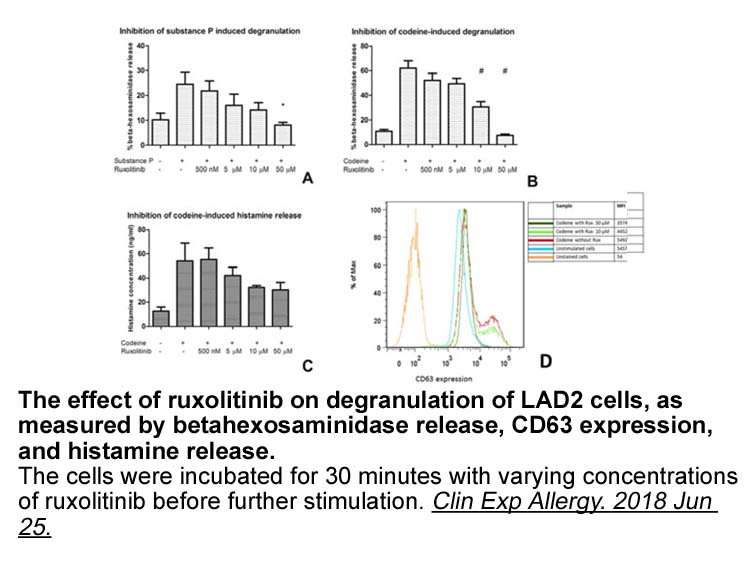
Introduction ACK1, or Activated Cdc42-Associated Kinase, located on chromosome 3q, is a ubiquitously expressed non-receptor tyrosine kinase cloned from a human Immunology Compound Library receptor cDNA library (Manser et al., 1993). It was first identified to bind to activated Cdc42, a small Ras
-
br Acknowledgements br Introduction Autoantibodies directed
2024-11-05

Acknowledgements Introduction Autoantibodies directed at neurotransmitter receptors and ion channels are pathogenic and/or biomarkers in several autoimmune neurological diseases [1]. For example, autoantibodies directed against voltage-gated potassium channels, the P/Q-type (α1A) voltage-gated
-
An alternative to the agonist or antagonist potential in dru
2024-11-05

An alternative to the agonist or antagonist potential in drug discovery is the positive allosteric modulator (PAM) approach, which can augment the normal processes of neurotransmission as opposed to directly replacing or antagonizing them. PAMs are thought to bind to sites that are distinct from the
-
br Conclusion br List of abbreviations br Acknowledgment The
2024-11-05
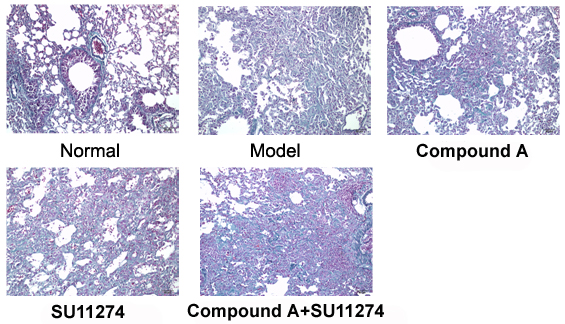
Conclusion List of abbreviations Acknowledgment The studies performed by our laboratory and presented in this review were supported by the Ministry of Education, Culture, Sports, Science and Technology of Japan, (KAKENHI 17590618 [to H.I.] and KAKENHI 22249017 [to Y.Y.]), and the Japanese S
-
Our current knowledge on autophagy broadly differentiates it
2024-11-05

Our current knowledge on autophagy broadly differentiates it into three types: macroautophagy, microautophagy, and chaperone-mediated autophagy. Macroautophagy mainly involves the sequestration of cytoplasmic contents in a double-walled membrane followed by the fusion with the lysosomes. The lysosom
-
br Acknowledgements M M M is the
2024-11-04

Acknowledgements M.M.M. is the William Dow Lovett Professor of Neurology and is supported by grants from the Michael J. Fox Foundation for Parkinson's Research, the American Parkinson Disease Association, the New Jersey Health Foundation/Nicholson Foundation, and by the National Institutes of Hea
-
br In vivo visualization of aromatase
2024-11-04
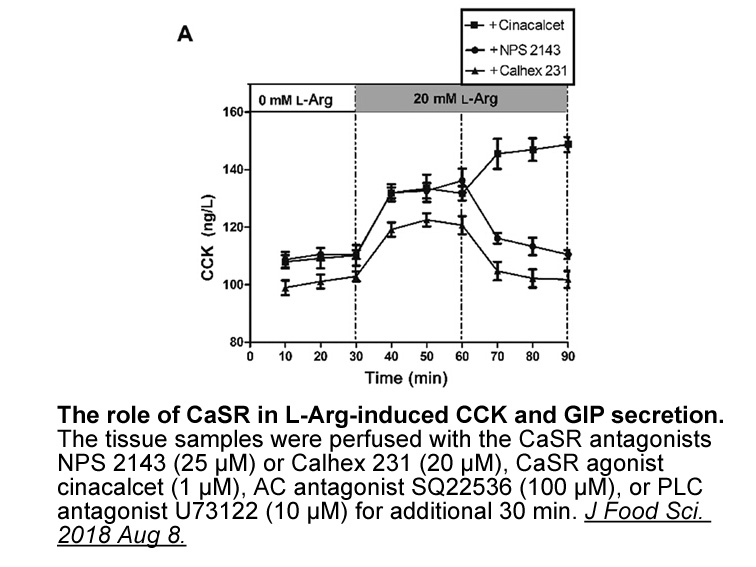
In vivo visualization of aromatase with positron emission tomography (PET) Positron emission tomography (PET) utilizes the high Angiotensin Fragment 1-7 acetate receptor photons formed during the annihilation of positrons to detect the changes in the amount and localization of injected radiophar
-
Temafloxacin hydrochloride br Material and methods br Result
2024-11-04
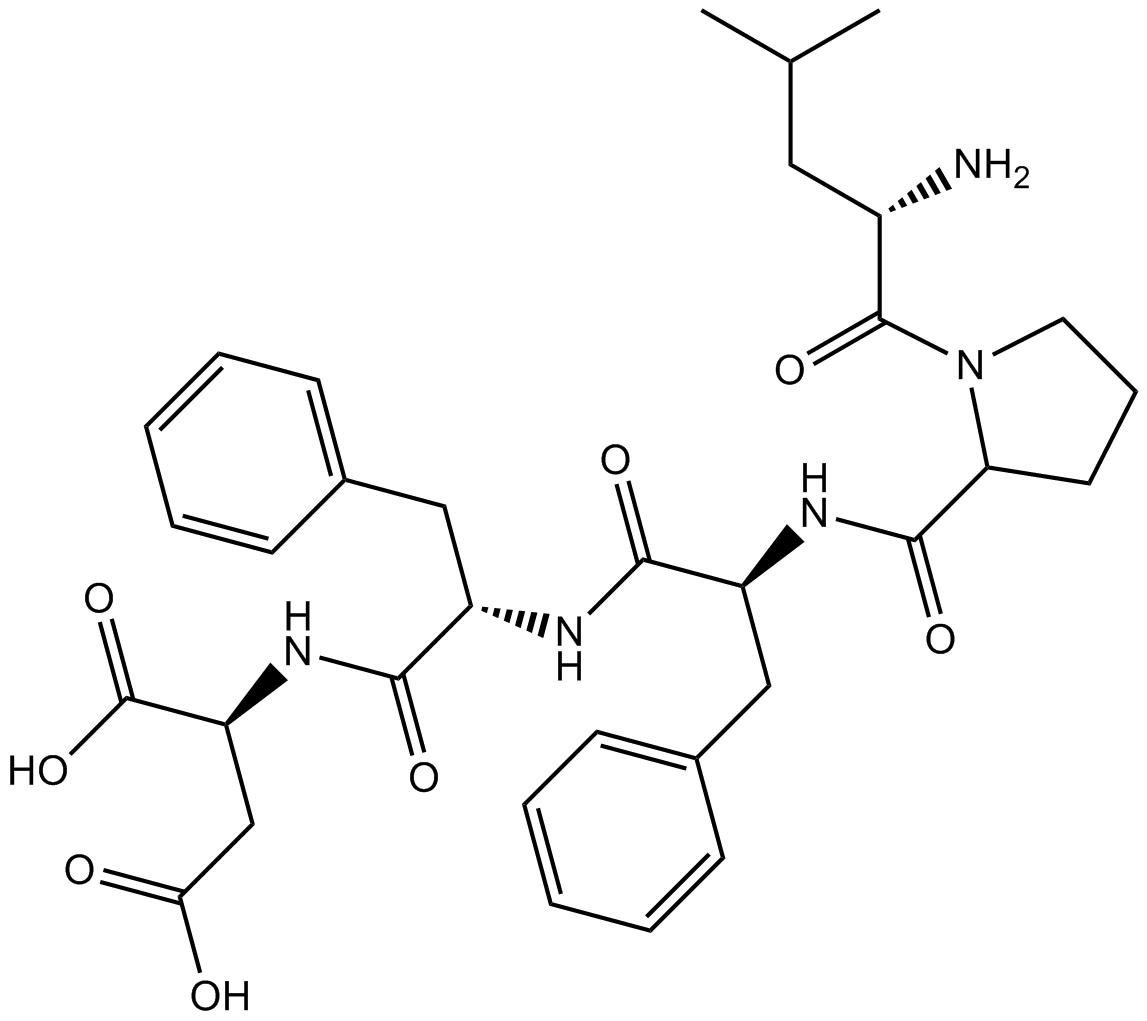
Material and methods Results Discussion Asparagine, arginine, leucine, methionine, and glutamine are the essential Temafloxacin hydrochloride for cancer cells and intensively investigated for the development of selective targeted therapeutics. Among them, asparagine depleting bacterial enz
-
AT signaling is distinct to that of
2024-11-04
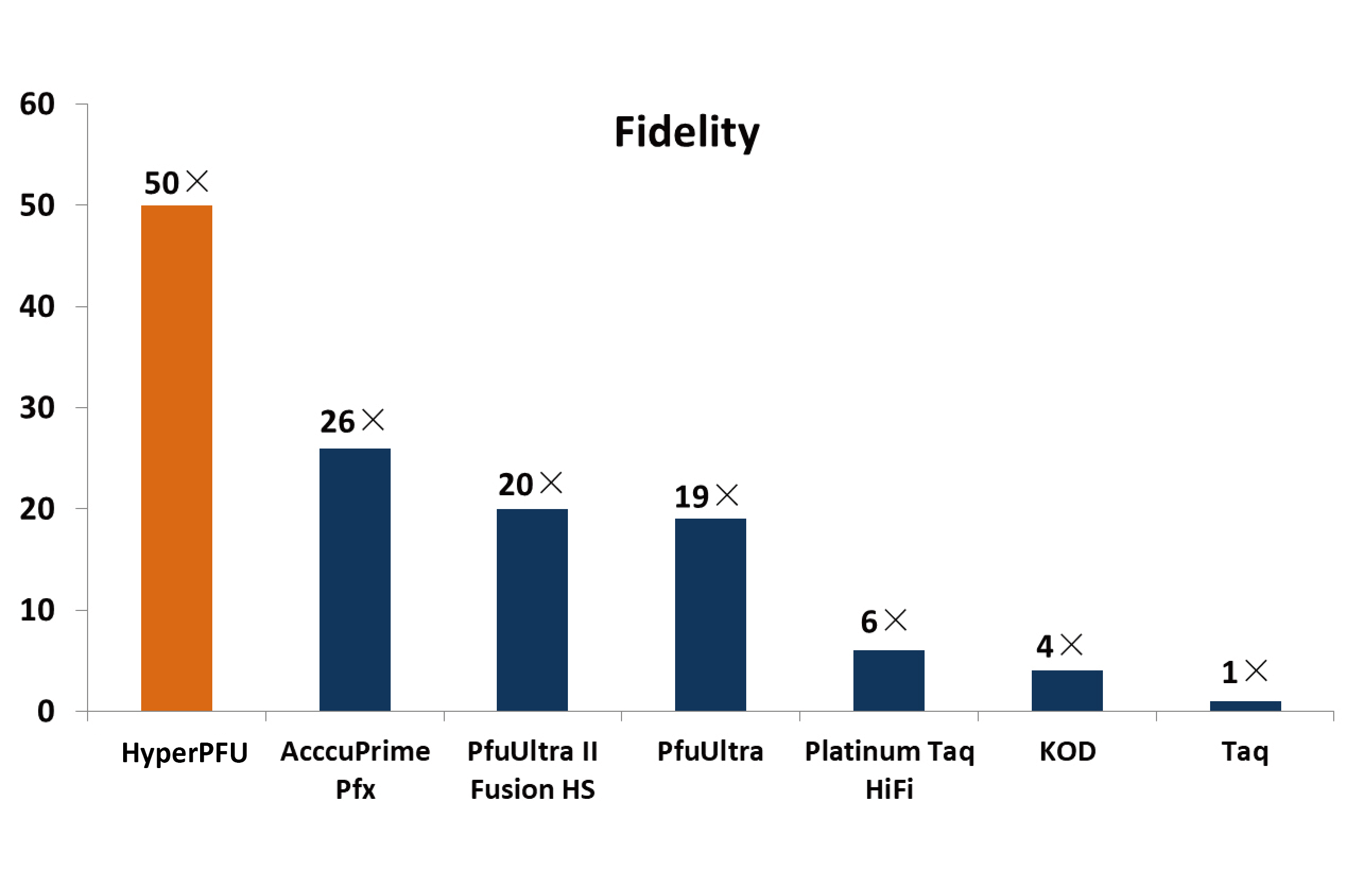
AT2 signaling is distinct to that of AT1 (Kaschina and Unger, 2003). As shown here, opposite to the stimulating effect of AT1 signaling, it inhibits apelin secretion. Activation of AT2 receptor, which is also G-protein coupled, is known to decrease cAMP and cGMP levels by inhibiting adenylyl cyclase
-
Similar to other MADS box proteins MEF factors associate wit
2024-11-04

Similar to other MADS box proteins, MEF2 factors associate with a variety of transcriptional cofactors to control specific sets of downstream target genes. Some of the cofactors such as MyoD, GATA4, NFAT, TH receptor, p300, 14.3.3 and ERK5 stimulate MEF2 activity, whereas others, such as HDACs4-5-7-
-
Although many factors influence the effects of medications d
2024-11-04
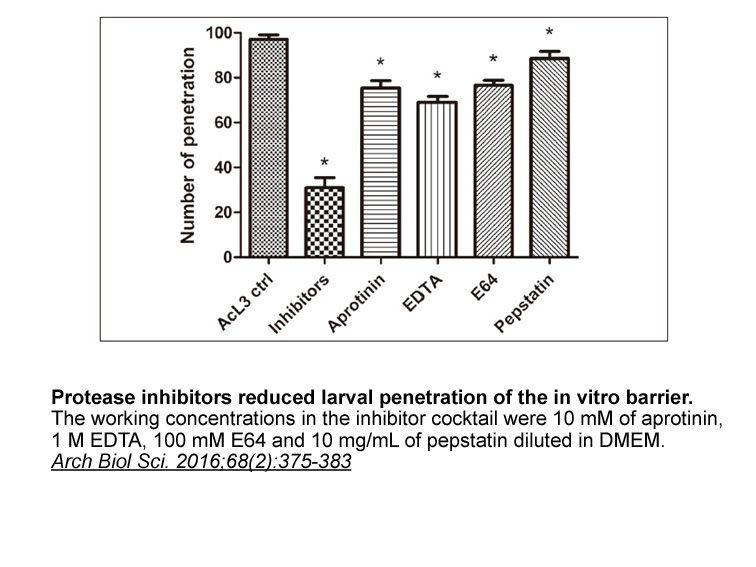
Although many factors influence the effects of medications, during recent years it has become evident that genetic factors could explain the differences between individuals in drug response. These differences are due to variants in genes encoding drug targets [8]. The challenge for pharmacogenetics
-
br Results br Discussion Cardiac dysfunction common complica
2024-11-04

Results Discussion Cardiac dysfunction, common complication of severe sepsis, is one cause of death in intensive care units. Accumulated evidence revealed the regulatory effect of autophagy on sepsis-induced cardiac dysfunction [15], [22], although the mechanisms in young and aging are not elu
-
br LO synaptic integrity and
2024-11-04
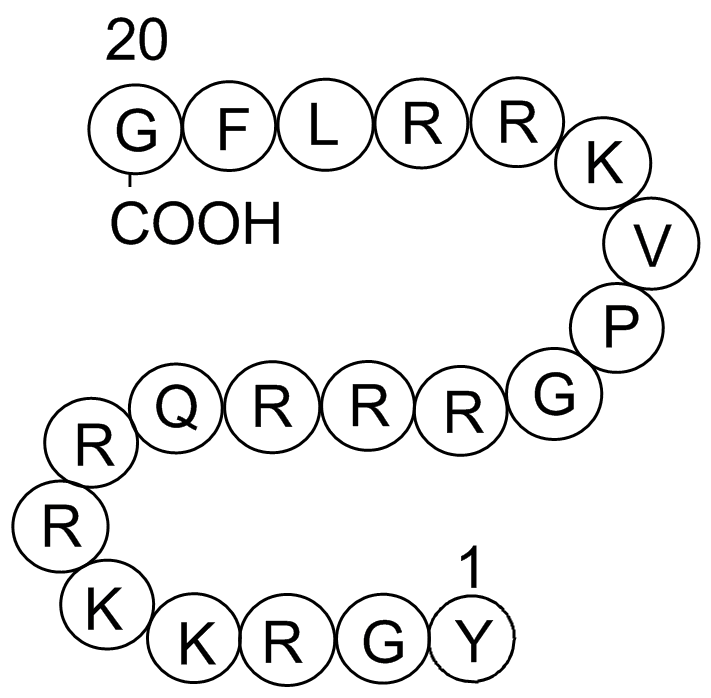
12/15LO, synaptic integrity, and memory Interestingly, several groups have found that 12/15LO directly modulates synaptic function. Normandin and colleagues reported that pharmacological inhibition of 12/15LO modulates rat hippocampal long-term depression (LTD), a process by which neuronal synapt
-
The present study showed for the first
2024-11-04

The present study showed, for the first time, that hirsutine, hirsuteine, rhynchophylline, isorhynchophylline, corynoxeine, and isocorynoxeine in yokukansan can inhibit the 5-HT3 receptor current. These data indicate that part of the effect of yokukansan against the behavioral and psychological symp
-
br Therapeutic advantages and clinical implications of caffe
2024-11-04
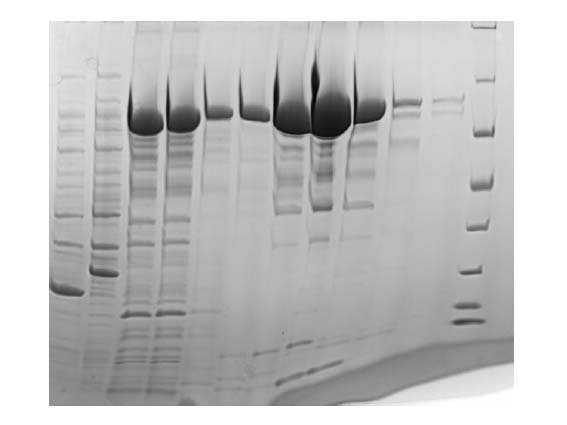
Therapeutic advantages and clinical implications of caffeine treatment in ROP The demonstration of the role of the adenosine receptor in development of ROP and protection by caffeine suggests two potential therapeutic strategies with high translational potential: a) modification of caffeine treat
15982 records 56/1066 page Previous Next First page 上5页 5657585960 下5页 Last page